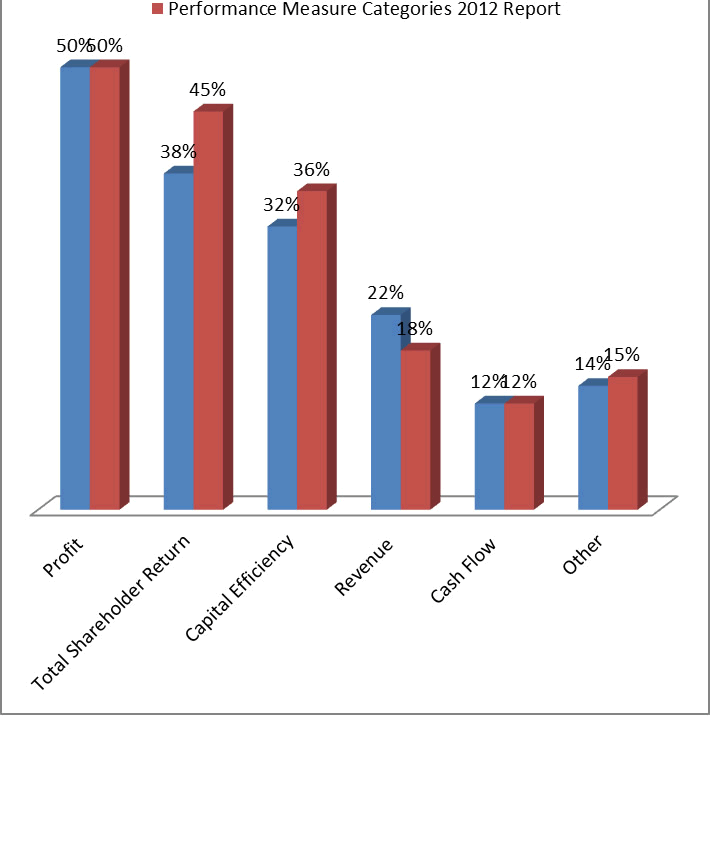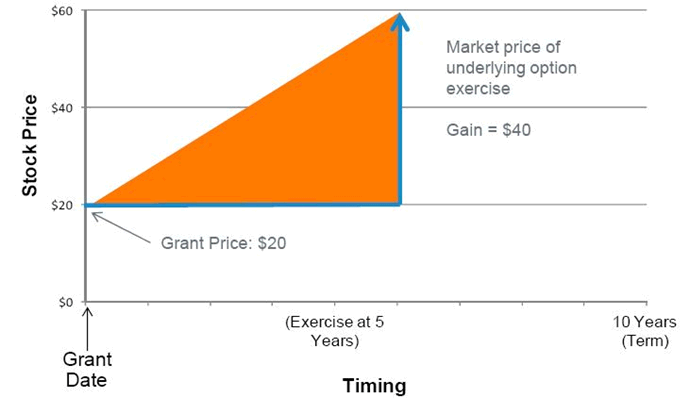Harris, who is Managing Director at Frederic W. Cook & Co., was joined by Ron Miller, Head of Global Rewards, Mobility, M&A, E.I. du Pont de Nemours and Company, in a presentation at the WorldatWork Total Rewards Conference and Exhibition in Philadelphia.
Elements of an Executive Compensation Program
| Element | Importance | Comment |
| Compensation Strategy | Medium | Reflects the business’s aspirations. |
| Base Salary | Low | A fixed cost, but important as a foundation. Not where the action is. |
| Annual Incentive | High | Most important in driving behavior. Great line of sight at all levels. |
| Long-Term Incentives | Very High | Helps create good alignment. |
| Executive Benefits | Low | Deemphasized in recent years. |
Compensation Philosophy or Strategy
First, identify your comparison group of companies or peer group. The peer group should ideally include 12 to 25 companies. It gets harder to manage over 20, Harris says. Larger companies will have more trouble finding peer companies.
- Selection criteria may include:
- Size based on revenues, market cap, assets (If asset heavy), employees, etc. (In size, generally look for companies1/2 to 2 times or 1/3 to 3 times your size.) Revenue is the most highly correlated factor.
- Competitors for customers, capital, and talent.
- Companies with similar business challenges and opportunities.
- Companies who list you as a peer and peers of peers.
This is never easy or perfect, says Miller. We have clients that look at percentage of revenue devoted to R&D. Screen for compensation outliers so you don’t get thrown off by one or two oddly high or low figures, Harris says.
If you fail to look at the “aspirational” companies, that is, those two to three times larger than you, you’ll fall behind year by year. However, to stay with them, you may have to hire at the 90th percentile.
Determine market competitive positioning:
- Usually at median but can be below or above median.
- Positioning can vary by compensation element.
- Positioning can also vary by employee group.
- Use of premium market positioning is declining.
Select your pay mix:
- Salary (fixed cost) vs. incentives (variable cost)
- Short- vs. long-term incentives
- Cash vs. equity
Identify performance linkage:
- Enterprisewide
- Business unit
- Individual
Decide on executive benefits:
- Consider SERP (Supplemental Executive Retirement Plan), contracts, clubs, personal use of plane.
- Weigh legacy vs. current practices.
- There is a trend toward low to none.
Looking just the right mix of incentives for sales? Join us for an interactive webcast on Compensating Sales Professionals: Providing the Right Incentives to Keep Employees Focused on Your Organization’s Mission and Brand. November 14! Learn More
Base Salary
Base is important because it serves as the foundation of pay, though often it is smallest portion of an executive pay package, Harris says. Despite modest value in a total pay package, salary can be a “lightening rod.”
Annual Incentive
The annual incentive is often the compensation element that most affects executive behavior due to line-of-sight performance measurement and the short time frame.
- Performance period is generally one year.
- Eligibility generally includes all “executives.”
- Target award approach is the most common, but some utilize an incentive pool.
- Goal setting can be based on:
- Historical performance
- Current business plan
- Peer company comparison
- Fixed formula
- Financial and nonfinancial
Here’s what one report shows about what measures are used for evaluating performance:
 |
Source: Frederic W. Cook Top 250 Report
Performance measures should create healthy tension, e.g., balance top line growth (revenues) and bottom line performance (profits). Be sure also to balance among metrics used for long-term and annual plans to avoid redundancy.
Long-Term Incentives
Long-term incentives help to create alignment, says Harris.
Stock Option
A stock option is the right to buy shares at a fixed price over a specified period. Stock option features:
- Potential for substantial rewards
- Attraction/retention tool
- Credits/builds shareholder alignment
In the example in the chart below, the grant was:
- 1,000 shares at $20 per share grant price
- 4-year vesting at 25% per year
- Option expires in 10 years (term)
- Actual exercise was after 5 years when shares were worth $60 each ($40 gain)
 |
Sales comp a continuing challenge? Join us for an interactive webcast on Compensating Sales Professionals: Providing the Right Incentives to Keep Employees Focused on Your Organization’s Mission and Brand. Earn HRCI Recertification Credit. Register Now
Restricted Stock
Restricted Stock/Unit is a stock or stock equivalent award that typically is restricted for a period of time. The restriction period is normally 3 years or longer, and vesting often applies. The difference between options and restricted stock is that you own the restricted stock, so it is worth something even if the price goes down.
Performance Stock/ Unit
Performance Stock/Unit is an opportunity to receive shares or a cash equivalent if specified goals are met.
In the example below, the target was 1,000 performance shares/units. Performance on Profit Growth was measured over 3 years. Note that not only the number of shares increases with performance, but so does the amount that shares are worth.
 |
In tomorrow’s Advisor, goal-setting and an alternate payout curve, plus an introduction to a timely webinaron integrating incentives with the organization’s mission.
